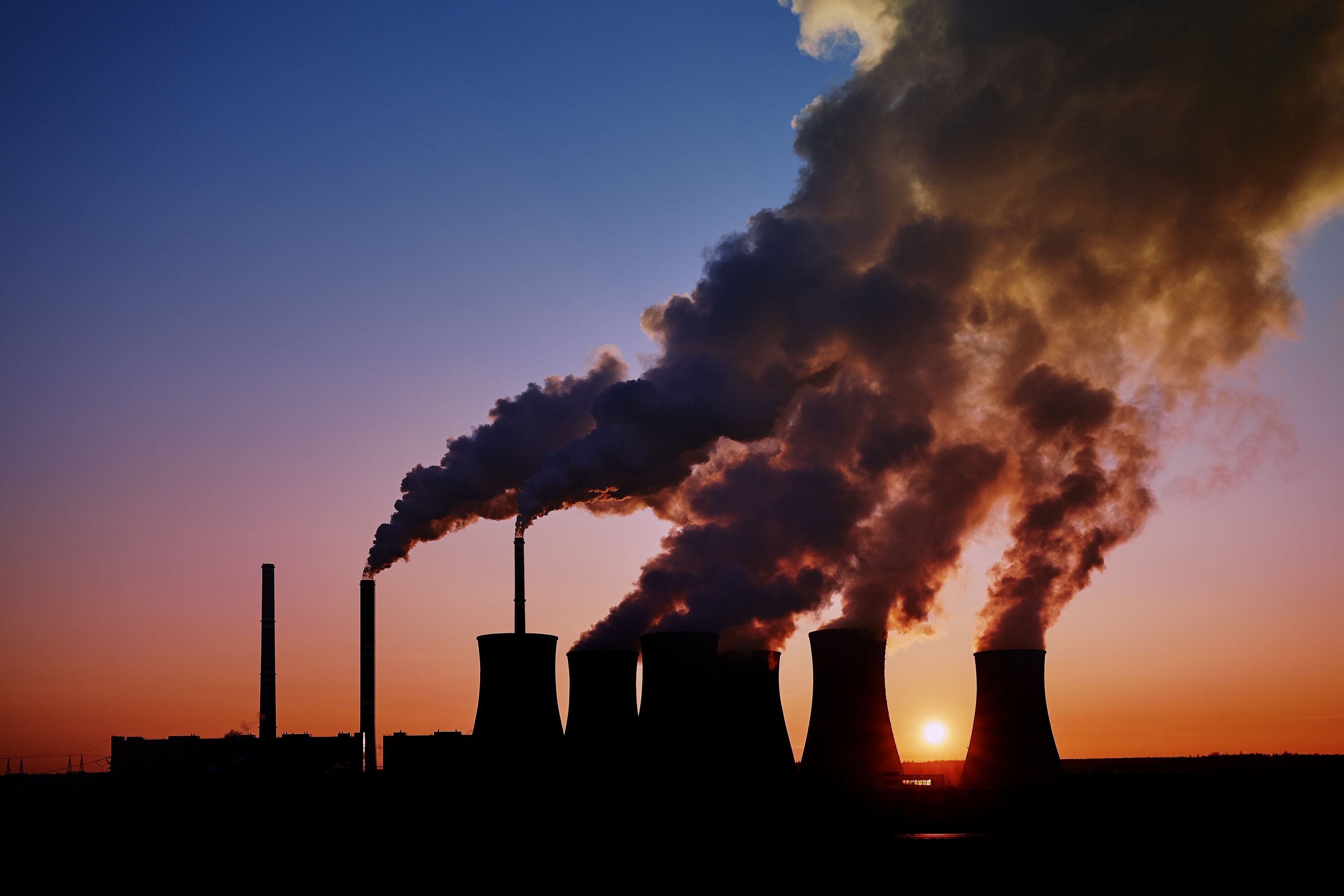
Recycling carbon emissions into concrete, shoes and plastic
Imagine if combating climate change also meant recycling harmful carbon emissions into products we use every day?
It’s a solution that could bolster global markets, aid in infrastructure and create new, innovative technologies without doing further harm to the environment.
For ten finalists in the NRG COSIA Carbon XPrize competition, it’s a goal worth reaching for.
The Carbon XPrize competition is a 20-million-dollar contest that gives carbon cyclers a chance to test innovative technologies that transport CO2 emissions from power plants into everything from plastics, fuel, to shoes and concrete.
At this point in the competition, the ten teams that were picked as finalists will get to test their ideas at real power plants in the US and Canada.
There is more carbon dioxide in the planet’s atmosphere than ever before in recorded history, and finding a way to prevent CO2 from reaching the atmosphere would be a big step in reducing the impacts of climate change.
“The point is to try to move the needle on climate and energy,” said Marcius Extavour, the XPrize Senior Director of Energy and Resources told Daily Mail. “Recycling CO2 emissions alone is not going to solve the climate problem, but it could be a really important part of the mix.”
38 teams of competitors first entered the contest and were judged by how much CO2 their technologies could convert and the overall value of the products in question.
The ten finalists include Breathe (based in India), Carbon Capture Machine (from Scotland), Canada-based CarbonCure, Carbon Upcycling UCLA (based in Los Angeles), and Canada- based Carbicrete and Carbon Upcycling Technologies.
Of these, five teams over the course of the next two years will work at a coal-fired power plant in Wyoming and the other five will work at a natural gas-powered plant in Alberta, Canada.
While they work at the two sites, the teams will collect data in order to gain a better scope of what their carbon footprint is in comparison to the amount to CO2 they are able to recycle.
Carbon is not traditionally thought of as an ingredient but this competition sheds light on how much carbon is used in everyday things.
The problem is that in making these products, more emissions are created, so these technologies are a way to create a cyclical process where emissions are harvested, used, and emitted and harvested again.
“We take carbon out of the ground, we use it, we dump it,” Extavour told Daily Mail. “But we can wrap this chain around itself. Instead of using more fossil fuels like carbon, coal, oil and gas, we can use CO2 emissions as a base for many materials.”
—
By Kay Vandette, Earth.com Staff Writer













